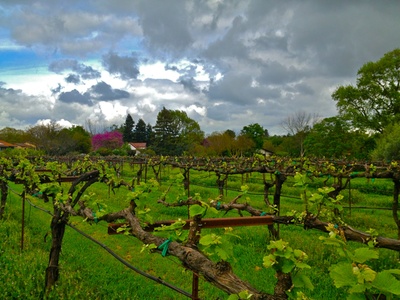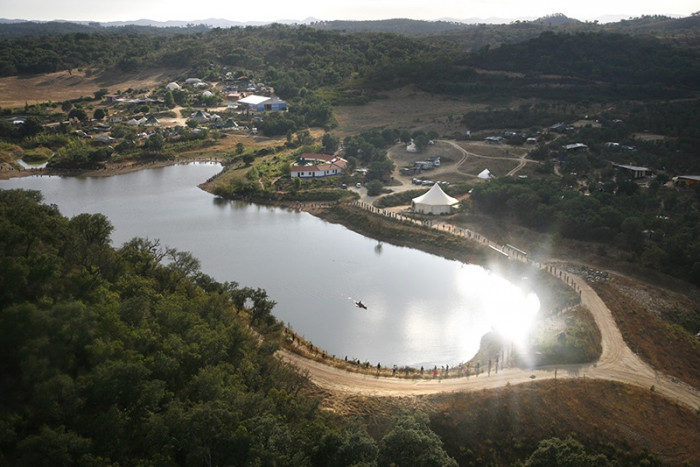12.03.2025
Eco-Villages: A Sustainable Way of Living in Harmony with Nature
As urbanization accelerates and environmental concerns grow, eco-villages are emerging as a viable alternative to conventional living. These communities integrate sustainable architecture, renewable energy, and environmentally responsible lifestyles, reducing their ecological footprint.
1. Renewable Energy and Self-Sufficiency
Eco-villages prioritize energy independence by utilizing renewable sources.
- Solar Panels & Wind Turbines – Cover 80–100% of energy needs, depending on location.
- Biogas Systems – Convert organic waste into fuel for cooking and heating.
- Hydropower – Small-scale hydroelectric generators supply consistent energy in water-abundant areas.
- Example: Findhorn Ecovillage (Scotland) generates 100% of its electricity from wind power.

2. Sustainable Housing and Construction
Buildings in eco-villages use locally sourced and eco-friendly materials.
- Straw Bale & Adobe Houses – Provide superior insulation, cutting heating costs by 50%.
- Mass Timber & Bamboo – Store carbon and reduce emissions compared to concrete and steel.
- Earthships – Homes made from recycled materials like tires and bottles, ensuring thermal stability.
- Example: The Village Homes (California, USA) features solar-passive housing and rainwater-fed irrigation.

3. Water Conservation and Waste Management
Eco-villages implement efficient water and waste systems.
- Rainwater Harvesting – Covers up to 60% of household water needs.
- Greywater Recycling – Treats water from sinks and showers for reuse in irrigation.
- Composting Toilets – Convert waste into fertilizer, reducing sewage pollution.
- Example: Crystal Waters (Australia) uses a decentralized water system, cutting waste by 40%.

4. Organic Farming and Food Sustainability
Self-sufficiency extends to food production in eco-villages.
- Permaculture Farms – Mimic natural ecosystems, boosting productivity without synthetic chemicals.
- Vertical & Community Gardens – Maximize food output in limited spaces.
- Local Food Systems – Reduce carbon footprint by eliminating long-distance transportation.
- Example: Tamera (Portugal) produces over 50% of its food using regenerative agriculture.

5. Social and Economic Sustainability
Beyond environmental benefits, eco-villages foster strong community engagement and economic resilience.
- Shared Resources – Car-sharing, tool libraries, and communal spaces reduce unnecessary consumption.
- Local Economies – Many villages operate on circular economies, using barter systems and local currencies.
- Education & Workshops – Teach sustainable practices to both residents and visitors.
- Example: Auroville (India) promotes economic sustainability through cooperative businesses and social enterprises.

6. The Future of Eco-Villages
With rising demand for sustainable living, eco-villages are expanding globally.
- Projected Growth: By 2050, over 1,000 eco-villages could be established worldwide.
- Government Support: Many countries, including Denmark, Germany, and the Netherlands, provide subsidies for eco-village development.
- Smart Technologies: Integration of AI-based energy management and blockchain-powered resource sharing enhances efficiency.
Eco-villages offer a scalable, sustainable alternative to modern urban life, reducing environmental impact while fostering resilient communities. By adopting renewable energy, sustainable architecture, and self-sufficient food systems, these settlements serve as a model for future living.
With platforms like Plandi.io enabling the design and construction of such projects, the vision of living in harmony with nature is becoming increasingly achievable. Eco-villages stand as a testament to the power of collective action and sustainable innovation.
The article was useful to you?
2
6
0